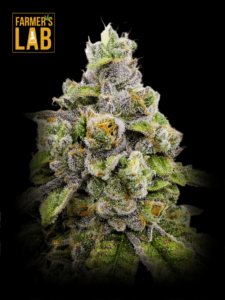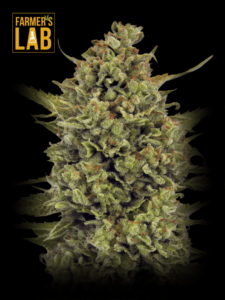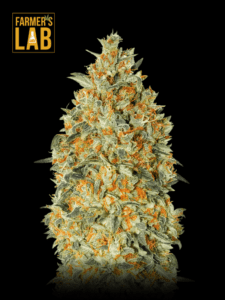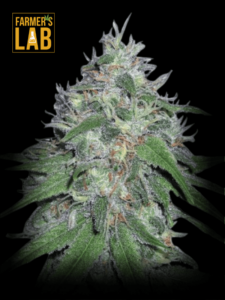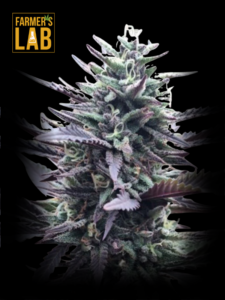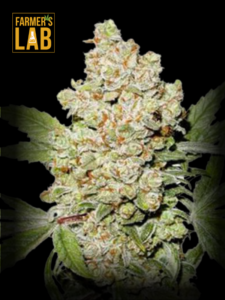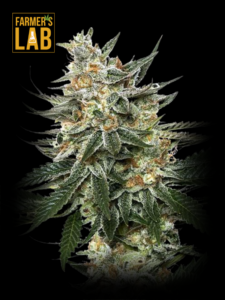Autoflower Seeds USA
-
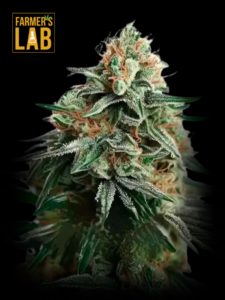 Rated 0 out of 5$65.00 – $160.00Price range: $65.00 through $160.00Select options This product has multiple variants. The options may be chosen on the product page
Rated 0 out of 5$65.00 – $160.00Price range: $65.00 through $160.00Select options This product has multiple variants. The options may be chosen on the product page -
 Rated 0 out of 5$65.00 – $160.00Price range: $65.00 through $160.00Select options This product has multiple variants. The options may be chosen on the product page
Rated 0 out of 5$65.00 – $160.00Price range: $65.00 through $160.00Select options This product has multiple variants. The options may be chosen on the product page -
 Rated 0 out of 5$65.00 – $160.00Price range: $65.00 through $160.00Select options This product has multiple variants. The options may be chosen on the product page
Rated 0 out of 5$65.00 – $160.00Price range: $65.00 through $160.00Select options This product has multiple variants. The options may be chosen on the product page -
 Rated 0 out of 5$65.00 – $160.00Price range: $65.00 through $160.00Select options This product has multiple variants. The options may be chosen on the product page
Rated 0 out of 5$65.00 – $160.00Price range: $65.00 through $160.00Select options This product has multiple variants. The options may be chosen on the product page -
 Rated 0 out of 5$65.00 – $160.00Price range: $65.00 through $160.00Select options This product has multiple variants. The options may be chosen on the product page
Rated 0 out of 5$65.00 – $160.00Price range: $65.00 through $160.00Select options This product has multiple variants. The options may be chosen on the product page -
 Rated 0 out of 5$65.00 – $160.00Price range: $65.00 through $160.00Select options This product has multiple variants. The options may be chosen on the product page
Rated 0 out of 5$65.00 – $160.00Price range: $65.00 through $160.00Select options This product has multiple variants. The options may be chosen on the product page -
 Rated 0 out of 5$65.00 – $160.00Price range: $65.00 through $160.00Select options This product has multiple variants. The options may be chosen on the product page
Rated 0 out of 5$65.00 – $160.00Price range: $65.00 through $160.00Select options This product has multiple variants. The options may be chosen on the product page -
 Rated 0 out of 5$65.00 – $160.00Price range: $65.00 through $160.00Select options This product has multiple variants. The options may be chosen on the product page
Rated 0 out of 5$65.00 – $160.00Price range: $65.00 through $160.00Select options This product has multiple variants. The options may be chosen on the product page -
 Rated 0 out of 5$65.00 – $160.00Price range: $65.00 through $160.00Select options This product has multiple variants. The options may be chosen on the product page
Rated 0 out of 5$65.00 – $160.00Price range: $65.00 through $160.00Select options This product has multiple variants. The options may be chosen on the product page
Autoflower Seeds USA: Top Choices for American Cultivators
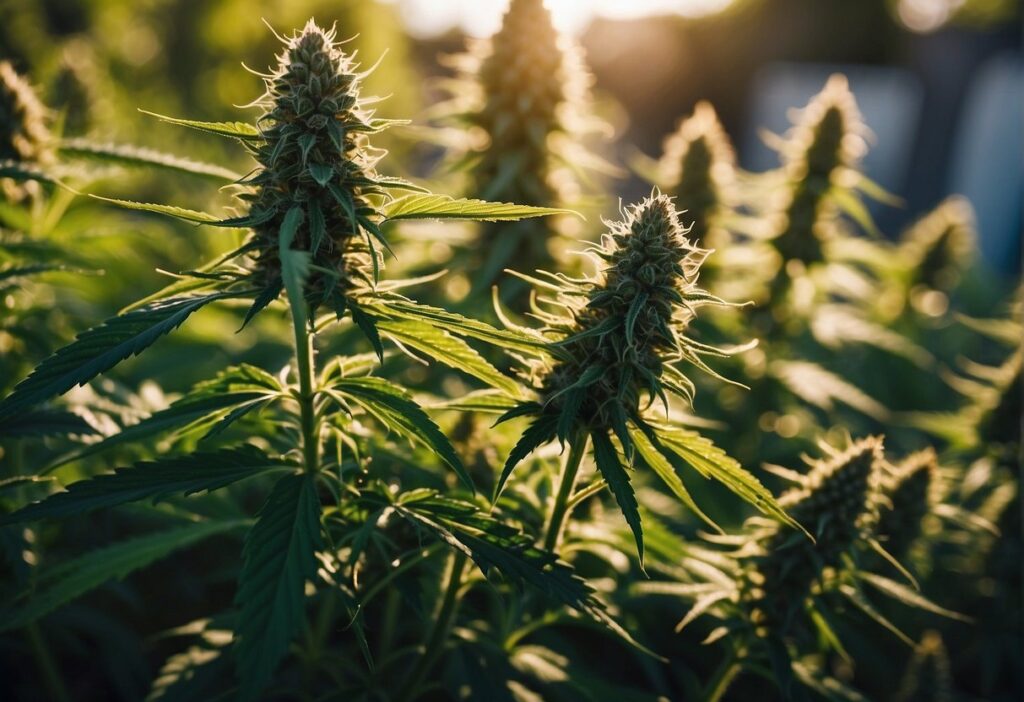
Autoflower seeds, a unique category of cannabis seeds, simplify the cultivation process for you. Rooted in Cannabis ruderalis genetics, these seeds are prized for their ability to bloom automatically, thus the term “autoflowering.” Unlike traditional photoperiod strains which require changing light cycles to induce flowering, autoflowering seeds transition to the flowering stage based on age, not light.
Key Advantages of Autoflowering Cannabis Seeds:
- Simplified cultivation: You no longer need to adjust light schedules.
- Versatility: Grow them indoors or outdoors, in various climates.
- Speed: These plants flower quickly, typically within 2-4 weeks of growth.
- Multiple harvests: Autoflower strains can yield several harvests in a season.
Autoflower seeds are available in auto-flowering feminized forms, which produce only female plants, removing the concern for male plants that could lead to lower-quality yields. However, be aware that autoflowering plants are often smaller in size, which may result in a lower yield compared to their photoperiod counterparts.
Moreover, autoflowering seeds have been selectively bred to include the resilient characteristics of Cannabis ruderalis while also focusing on retaining the potency and aroma profile of traditional Cannabis sativa and Cannabis indica strains.
Autoflower seeds embody a blend of convenience and quality, appealing especially to new growers. Whether you prefer feminized seeds or are curious about genetic innovations, autoflower cannabis seeds USA provides offer a robust entry point into the world of cannabis cultivation.
Benefits of Autoflowering Cannabis
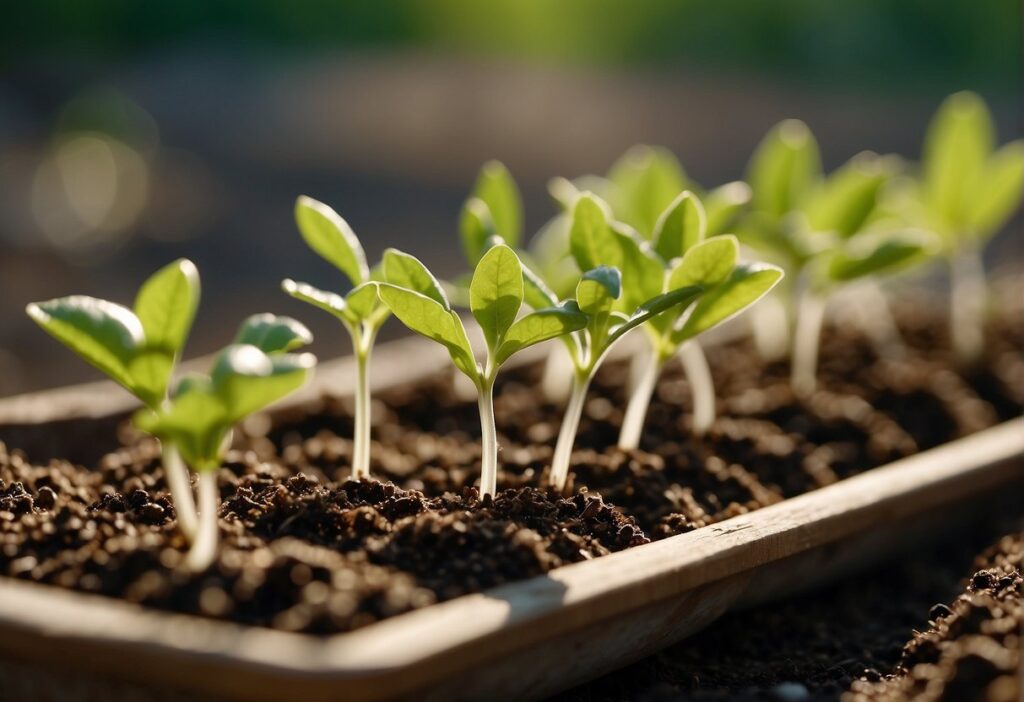 Autoflowering cannabis seeds offer numerous benefits, especially if you’re a novice grower or are operating with limited space. Here’s what you can expect:
Autoflowering cannabis seeds offer numerous benefits, especially if you’re a novice grower or are operating with limited space. Here’s what you can expect:
Rapid Growth: Your plants will transition from seed to harvest more quickly than their photoperiod counterparts. This means you can enjoy your harvest sooner.
Less Light Required: Autflowers don’t require specific light cycles to start flowering. They will bloom regardless of the daylight hours, making them suitable for both indoor and outdoor growing.
More Harvests Per Season: The quick turnaround allows for multiple harvests in a single growing season.
Beginner-Friendly: If you’re a beginner, these seeds are ideal. They are generally more resilient and can bounce back from growing conditions that might stress other types of plants.
Compact Size: Autoflowering plants tend to be small and compact, which is perfect for indoor or stealth growing. They maintain a low profile, fitting easily into small spaces.
Cultivation Flexibility
- Indoor Cultivation: You can grow autoflowers indoors without altering your light setup.
- Outdoor Cultivation: They are convenient for outdoor growing, as they can adapt to various light conditions and even harsh weather.
Ease of Growth
- Autoflowers are often less nutrition-hungry than regular strains, making your feeding regimen simpler.
- Their hardy nature offers an inherent resilience to common issues, making them easier to grow and less daunting for beginners.
Whether you’re looking to manage a small, discreet operation or simply want a straightforward cultivation experience, autoflowering cannabis seeds are a robust and convenient choice.
Optimal Growing Conditions for Autoflowers

Light Schedule
Autoflowers thrive under a consistent light schedule. Indoors, you can employ an LED light system with an 18/6 cycle, meaning 18 hours of light and 6 hours of darkness. This promotes robust growth without altering the cycle, as autoflowers do not depend on light changes to flower.
Temperature
Your growing environment should be maintained at a temperature range of 68°F to 77°F (20°C to 25°C). Consistent temperatures favor healthy development.
Humidity
Ideal relative humidity (RH) levels change throughout the growing stages. During the vegetative phase, target an RH of 40-60%, and lower it gradually to 30-40% coming into the flowering stage to reduce mold risks.
Water
Autoflowers require less water compared to regular strains. Overwatering can lead to issues, hence ensure your water when the top inch of the soil feels dry.
Soil
Employ well-draining soil, enriched with perlite or vermiculite, to facilitate root growth and prevent waterlogging. The soil should be rich but light to allow roots easy access to nutrients and air.
Nutrients
Autoflowers need fewer nutrients. Begin with a balanced, mild nutrient mix and observe your plants’ response, adjusting as necessary.
Indoor vs. Outdoor
Home-growing autoflowers can be pursued both indoors and outdoors. Indoors gives you control over the environment, whereas outdoors should be reserved for appropriate seasons to match optimal growing conditions.
By adhering to these guidelines, you’ll create an environment where your autoflowers can flourish. Remember, each strain can have particular needs, so it’s important to fine-tune these conditions accordingly.
Germination to Harvesting Process
 When you begin to germinate autoflowering seeds, your objective is to transition them through their fast life cycle efficiently. Start by soaking your seeds in water for 24-48 hours to soften their shells and encourage sprouting. Then, transfer the seeds to moist soil, ensuring a warm environment — ideally between 70°F and 82°F.
When you begin to germinate autoflowering seeds, your objective is to transition them through their fast life cycle efficiently. Start by soaking your seeds in water for 24-48 hours to soften their shells and encourage sprouting. Then, transfer the seeds to moist soil, ensuring a warm environment — ideally between 70°F and 82°F.
Germination
- Soak seeds in water for 24-48 hours.
- Plant seeds in moist soil at 71-77°F.
- Maintain a dark, damp environment for optimal germination.
Once seeds germinate, the vegetative stage begins, which involves the development of foliage and the root system. Your plants will require consistent light — about 18 hours a day — and regular watering. It’s at this stage that your plants will develop their structure in a brief window before they start flowering.
Vegetative Stage
- Light: At least 18 hours daily.
- Water: Regular but avoid overwatering.
- Monitor plant structure growth.
Transitioning into the flowering stage, autoflowers won’t need changes in the light cycle to start producing buds. This phase can last from 3 to 6 weeks, depending on the strain. Water your plants as needed, but reduce the frequency to prevent mold and root issues.
Flowering Stage
- Water: Less frequent, allow for dry periods.
- Monitor: Bud development and plant health.
Finally, harvest comes roughly 8 to 10 weeks from seed to harvest, a remarkably quick turnaround. Check trichome color to determine the perfect harvest time, as this indicates maturity and potency. Cut the plants and dry them in a controlled, ventilated space.
Harvest
- Check: Trichome color for maturity.
- Harvest: 8-10 weeks from seed.
- Dry: In a ventilated space.
Remember, autoflowering cannabis is a forgiving species, making it an excellent choice for novice growers due to its fast life cycle and resilience.
Cultivation Techniques for Autoflowering Strains
Autoflowering cannabis strains, with their unique genetics combining indica, sativa, and especially ruderalis, bypass the need for specific light cycles that photoperiod strains require. This inherent quality comes from the inclusion of ruderalis genetics, which adapt to harsh climates with natural light patterns.
When cultivating autoflowers, providing consistent, low-stress conditions is crucial. Unlike photoperiod strains like Northern Light or OG Kush, which you can force to flower by manipulating light schedules, autoflowers progress to the flowering stage based on age.
Gelato, Gorilla Glue, and similar autoflowering varieties often have shorter vegetative stages. To foster healthy growth, consider the following tips:
- Soil Composition: Start with a light, airy soil that allows for easy root growth.
- Watering: Autflowers prefer a light, frequent watering schedule to prevent stress from over or under-watering.
- Nutrients: Begin with lower nutrient concentrations, as autoflowers have a lower feeding need compared to larger photoperiod plants.
Pruning and Training Techniques:
- Topping Not typically recommended for autoflowers due to their short vegetative phase and possible stress.
- Pruning Gently prune lower leaves to promote air circulation.
- Even Canopy Aim to create an even canopy using low-stress training (LST) methods to maximize light exposure to all bud sites.
Lighting:
- Autoflowers perform well under 18-20 hours of light throughout their life cycle.
Remember, autoflowers have a compact, rapid life cycle; thus, it’s imperative to optimize their environment from the start. Avoid high-stress techniques such as topping and instead focus on creating the ideal conditions for your auto strains to flourish naturally.
Photoperiod vs Autoflowering Seeds
When you’re considering cannabis cultivation, selecting the right type of seeds is crucial. There are two main types of cannabis seeds: photoperiod and autoflowering.
Photoperiod plants require specific light cycles to trigger flowering—generally, 12 hours of light and 12 hours of darkness. This mimics natural seasonal changes and initiates the flowering process. In contrast, autoflowering seeds, derived from Cannabis ruderalis, do not depend on light cycles to start flowering. They will flower automatically after a certain period of growth, usually several weeks.
Photoperiod Seeds | Gender Outcome | |
|---|---|---|
Light Cycle | 12 hours light/12 hours dark | Not light-dependent |
Flowering | Triggered by light cycle | Automatic after a few weeks |
Harvest | Longer vegetative period | Usually Feminized |
With photoperiod seeds, you have more control over the size and yield timing. This can also mean you’re less likely to accidentally pollinate female plants with male plants, as you can separate them before the flowering stage. Autoflower seeds allow for a faster turnaround and can often be easier for beginners, as they require less attention to light cycles.
However, typically autoflowers may have lower yield compared to their photoperiod counterparts, but breeding advances continue to improve their output. Whether you choose photoperiod or autoflowering seeds, each has its advantages that cater to different goals and growing environments.
Understanding the Cannabis Life Cycle
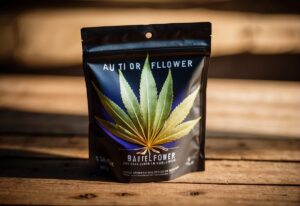 When you decide to cultivate autoflowering cannabis seeds, it’s essential to grasp the unique life cycle of these plants. The process can be divided into three key stages: germination, vegetative, and flowering.
When you decide to cultivate autoflowering cannabis seeds, it’s essential to grasp the unique life cycle of these plants. The process can be divided into three key stages: germination, vegetative, and flowering.
1. Germination Stage (1-2 weeks)
Start by soaking your seeds until they sprout a taproot. During this period, you will provide a moist environment for your seeds to begin life. Typically, germination takes anywhere from 24 hours to 7 days.
2. Vegetative Stage (2-4 weeks)
Once germinated, seedlings quickly transition to the vegetative stage. At this point, the cannabis plant’s focus is on leaf and stem growth. Autoflowers have a swift vegetative phase, so ensure they receive plenty of light—18 hours on and 6 off is common. Your plants will need nutrients, primarily nitrogen, to build their green foliage.
3. Flowering Stage (5-7 weeks)
Autoflowers switch to the flowering stage without a change in light cycle. This is when cannabinoids and terpenes accumulate within the trichomes, giving the plant its medicinal and aromatic properties. Monitor the trichome color; when most turn cloudy, your plants are nearing harvest readiness.
Remember, throughout all stages:
- Light: Constant, with schedules of 18/6 or 24/0 hours of light/dark.
- Water: Balanced—overwatering is as harmful as under-watering.
- Nutrients: Adjusted for each stage—the vegetative stage favors nitrogen, while the flowering stage requires more phosphorus and potassium.
- Environment: Keep it stable; autoflowers prefer a consistent environment.
By adhering to these guidelines, your autoflower cannabis plants should thrive, offering a quicker turnaround from seed to harvest compared to non-autoflowering strains.
Selecting High-Quality Autoflower Seeds
When choosing autoflower cannabis seeds, the quality of your selection directly impacts your growing success. As such, it’s crucial to consider certain factors to ensure you procure the best possible seeds for your cannabis cultivation needs.
Genetics: Seek out reputable autoflower seed banks such as Royal Queen Seeds, renowned for their genetic quality. Autoflowers have been specifically bred for simplicity and speed; therefore, opting for established genetic lines can guarantee a robust grow.
Cannabinoid Profiles: Depending on your preference for THC or CBD levels, examine the cannabinoid profiles of the strains. If you’re aiming for a particular effect or medical benefit, select a strain with a cannabinoid content that aligns with your needs.
Seed Type: It’s vital to ensure that the seeds are feminized. Feminized autoflower seeds eliminate the risk of male plants and ensure that your garden will be solely comprised of bud-producing female plants.
Aspect to Consider | Why It's Important |
|---|---|
Genetics | Determines plant robustness and yield |
Cannabinoid Profiles | Aligns crop with desired effects or benefits |
Seed Type | Ensures production of female plants only |
When purchasing seeds, review the offerings of specific strains like White Widow, which is known for its resilience and well-balanced effects. Consider the flowering time, yield potential, and suitability for your growing environment—whether indoors or outdoors.
By meticulously selecting autoflower seeds based on these criteria, you will enhance your growing experience, ensuring a rewarding and plentiful harvest.
Frequently Asked Questions About Autoflower Seeds USA
Autoflower seeds are a type of cannabis seed that automatically switch from the vegetative stage to the flowering stage with age, regardless of the light cycle.
The top-rated autoflower seeds are often subject to grower preferences, but seed banks like Farmers Lab Seeds is frequently recommended for its wide selection and strong reputation for quality genetics in the USA.
Strains such as ‘Autopounder’ and ‘Auto Ultimate’ are known for their high yields among autoflower varieties. However, the highest yield can depend on grow conditions and the skill of the cultivator.
Autoflower plants benefit from a balanced diet but generally require fewer nutrients than regular cannabis plants.
Some downsides include lower yields compared to photoperiod strains, less time for recovery if stressed since autoflowers have a fixed life cycle, and the fact that you generally can’t clone autoflowers, meaning new seeds are needed for each crop.
Yes, autoflowering seeds are often well-suited for a range of outdoor climates because of their hardiness and resilience. They can handle fluctuations in light and temperature better than photoperiod strains, making them a flexible choice for outdoor growers across different regions of the USA.
The yield varies based on the strain and growing conditions, but autoflowers generally produce about 1-4 ounces per plant.
Absolutely, autoflower seeds are ideal for indoor cultivation due to their compact size and short growth cycle.
Yes, with proper care, autoflower seeds can produce cannabis of high quality, comparable to that of regular cannabis plants.
Visit Farmers Lab Seeds to browse our selection of high-quality autoflower seeds and place your order online for fast and discreet delivery across the USA.
Autoflower plants thrive under 18-24 hours of light per day throughout their entire growth cycle.
Autoflower strains like ‘Quick One’ and ‘Royal Dwarf’ are known for their swift turnaround, with life cycles that can be as short as 8 to 9 weeks from seed to harvest.
Autoflowers don’t require a light schedule change to trigger flowering, they grow faster, and they usually stay smaller in size. This means a shorter vegetative stage and less maintenance compared to photoperiod strains.
Engage with Us
Drop us a note, send us an email, or join the conversation on our Facebook page and other social channels. We regularly post intriguing, informative, and sometimes humorous content that sparks lively discussions.
Stay Updated
Want to stay informed about the latest in the cannabis industry without the hassle of searching? Subscribe to our daily blog. Our in-house editorial team delves into trending topics, offering insights and perspectives.
Weekly Roundup
Opt-in to our weekly newsletter for a concise recap of the dynamic world of cannabis. From marijuana cultivation tips to industry news, we've got you covered.

